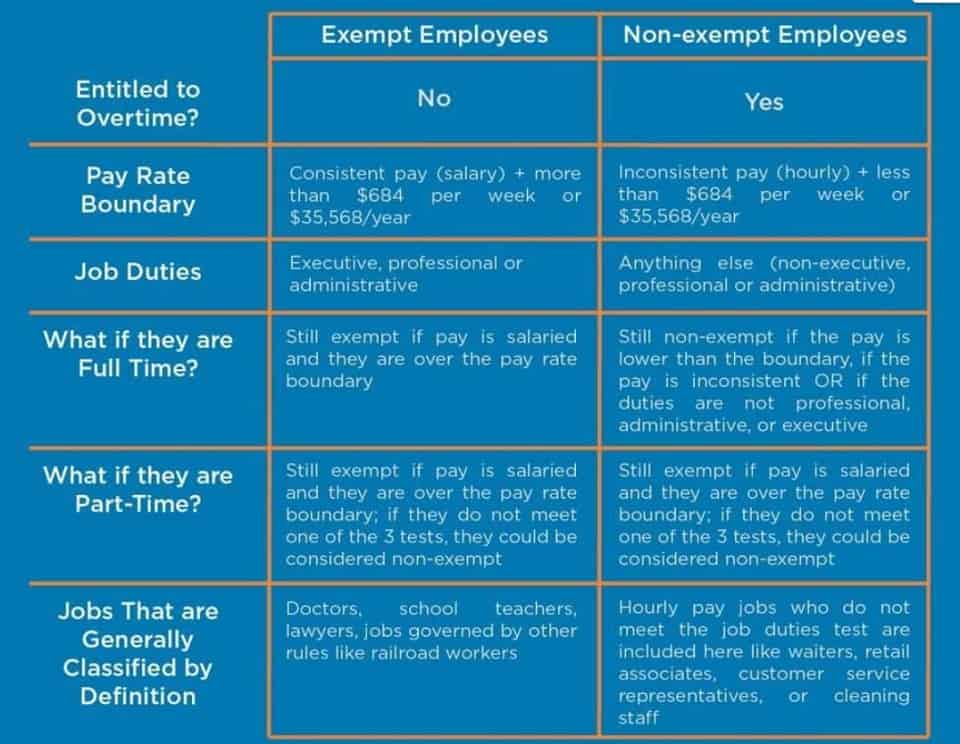
For the past 52 years, Harold Averkamp (CPA, MBA) has worked as an accounting supervisor, manager, consultant, university instructor, and innovator in teaching accounting online. Suppose an OEM equipment manufacturer produced a total of 25,000 parts and components in the fiscal year ending 2022. ExcelDemy is a place where you can learn Excel, and get solutions to your Excel & Excel VBA-related problems, Data Analysis with Excel, etc. We provide tips, how to guide, provide online training, and also provide Excel solutions to your business problems. With the user-friendly interface and intuitive features, eLogii ensures that anyone on your team can quickly adopt and use the platform effectively from day one. ELogii also offers the capability to monitor your team’s routes, make real-time adjustments, and receive live delivery status updates.
How Do You Calculate Average Stock Price?
If your cost of production is accurate, you can undertake SKU rationalisation and decide which products to keep and discontinue. Knowing the cost of production will let you make a well-informed find cost per unit decision about the markup value. The Average Cost, or “per unit cost”, is an economic term that describes the approximate cost incurred to manufacture one production unit.
Overhead cost optimization
As the scale of your production increases, the cost per unit decreases. The reason is that fixed costs get distributed over more units, lowering your CPU. It helps you set a minimum price for your products or services that you must charge to cover production costs while preventing losses. It also helps you identify the point beyond which your business can start making profits. The first section of a company’s income statement focuses on direct costs. In this section, analysts may view revenue, unit costs, and gross profit.

Logistics and Inventory Strategies for Amazon Great Freedom Festival Sale 2024
Electronic documents for electronic signature verification help avoid human mistakes resulting in reshipments and cancellations. It helps you amplify the SKU (stock-keeping units), which are your highest profit generators, and assists in boosting customer loyalty and satisfaction. Learn about inventory shrinkage, its impact on profits, and strategies to prevent it. Optimize food warehousing with enhanced delivery, inventory tracking, and analytics. Furthermore, optimize your production processes to cut errors that lead to excess raw materials. To reduce these costs, analyze your business operations and identify areas for adjustments.
- Informed businesses know how to calculate the cost per unit for each product or service offered to make informed pricing and marketing decisions.
- Fixed costs are the expenses that remain constant regardless of the level of production or sales volume.
- These standards are established by analyzing historical data, industry benchmarks, and other relevant factors.
- For instance, the cost per unit of a basic smartphone can be lower than that of a high-end smartphone with multiple cameras, OLED display, and advanced security features.
- In that month, the company incurs fixed costs totaling $6,500, covering expenses such as rent, salaries, and insurance premiums.
- Examples of step costs are adding a new production facility or production equipment, adding a forklift, or adding a second or third shift.
The Role of Cost Per Unit in Business Operations
Unlike fixed costs, these types of costs fluctuate depending on the production output (i.e. the volume) in a given period. Since costs of variable nature are output-dependent, the costs incurred increase (or decrease) given varying production volumes. The sum of the manufacturer’s fixed and variable costs, i.e. the total cost of production, comes out to $600,000.

Cost Per Unit Formula

Gross profit shows the amount of money a company has made after subtracting unit costs from its revenue. Gross profit and a company’s gross profit margin (gross profit divided by sales) are the leading metrics used in analyzing a company’s unit cost efficiency. A higher gross profit margin indicates a company is earning more per dollar of revenue on each product sold. Private and public companies account for unit costs on their financial reporting statements. All public companies use the generally accepted accounting principles (GAAP) accrual method of reporting.
- While adding more items to your product mix is important to reach more customers and increase revenue, it can also lead to increased storage costs and tie up your cash flow.
- If the cost per unit is too high, your business may need to consider raising the price.
- Improve your operational efficiency and lower your unit costs by optimizing your delivery process with eLogii.
- The average price is sometimes used in determining a bond’s yield to maturity (YTM), where the average price replaces the purchase price in the YTM calculation.
- Some companies may have a high amount of indirect costs which requires higher pricing to more broadly cover all of the company’s expenses.
If you decide to go for self-delivery, implementing route optimization software can help you plan and find the most efficient delivery routes. This is because labor charges, material spending, and tax regulations affecting the final cost of production may differ from country to country. This financial metric is integral to understanding what it costs you to manufacture, deliver, or sell a unit of your product and price it accordingly. Enter the total number of units and the total cost into the calculator to determine the cost per unit. If you know what sales volumes to anticipate, you can manage your inventory accordingly to reduce costs.
Variable and Fixed Unit Costs






